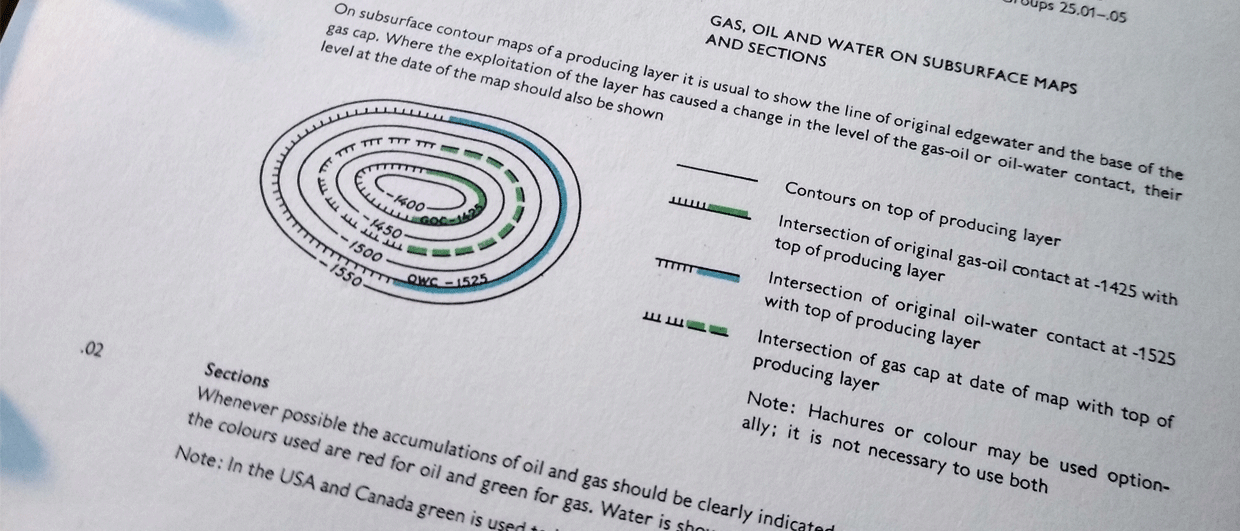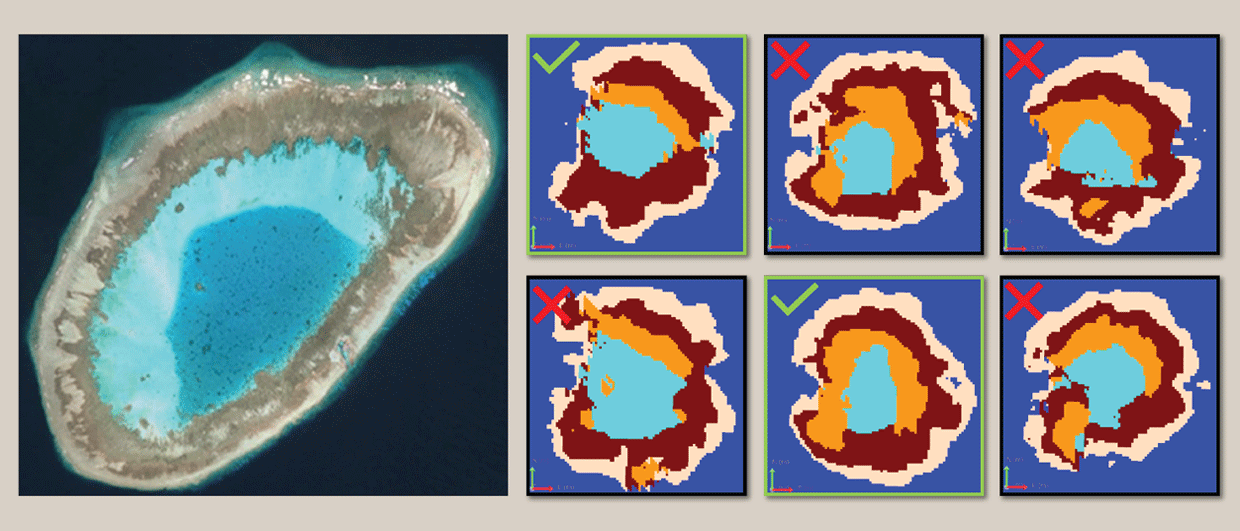Not too long ago, reservoir modelling came at a time when the industry was relying on super capable draftsmen/women who could literally translate the mind of geologist into paper. Resources in place were evaluated based on meticulous drawings, and performance forecasts were made analytically.
The introduction of 3D computing capabilities revolutionized the way we explored and developed hydrocarbons. The golden age of geomodelling came concurrently with the development of the first versions of now industry-standard 3D modelling packages. From paper maps, we could, within a few clicks and thanks to Kriging and SGS, build geocellular models and literally twist them to infinity to stretch our geological understanding of the reservoir.
Fast forward, in 2024 and 2025, not a week goes by without a novel AI solution being launched at a conference or exhibition. Saying the AI bug has conquered the energy sector is a clear understatement… at least on paper.
But is AI going to make geomodelling great again?
In reservoir modelling, the holy grail has always been prediction. Predicting reservoir properties away from existing well control, quantifying with high accuracy and precision the volumes of hydrocarbons in place, and forecasting the reservoir behaviour during the production or storage phases are some of the important objectives of the reservoir model, be it static or dynamic.
Aspects of the reservoir modelling lifecycle where “AI” should enable a leap forward are:
1) the ability to crunch a lot more data than what humans can process to build conceptual reservoir models,
2) stripping noise from actual reservoir data to reveal trends and patterns that are essential for the modelling process away from well data,
3) higher accuracy and precision on the volumetrics estimation,
4) avoiding the drilling of dry wells through the ability to predict all the petroleum system components, even in development settings and
5) spot-on forecasting of reservoir performance with the ability to integrate both the geology of the reservoir and the law of physics governing the dynamic behaviour of the hydrocarbon fluids within the reservoir.
In our current world, where the energy industry is expected to do more with less, especially with growing CCS aspirations, can AI make geomodelling great again to boost subsurface predictive power? We are still drilling dry wells, so there is still some way to go.



